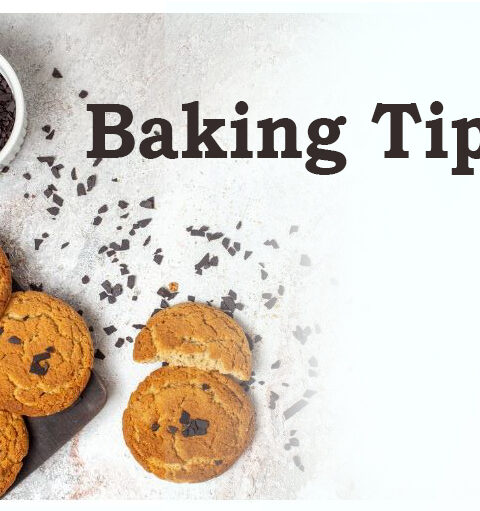Explanation:
Food safety is crucial to prevent foodborne illnesses, which can cause serious health issues, Food safety is essential to prevent foodborne illnesses and ensure that food is safe to consume.
- Clean:
- Wash Hands: Use warm, soapy water and wash for at least 20 seconds. This is particularly important before and after handling raw foods, after using the restroom, or touching pets.
- Sanitize Surfaces: Clean kitchen surfaces, including countertops, cutting boards, and utensils, with hot, soapy water. Consider using a kitchen sanitizer or a solution of one tablespoon of unscented liquid chlorine bleach in one gallon of water.
- Rinse Produce: Even if you plan to peel fruits and vegetables, it’s important to wash them first to remove bacteria that might be transferred from the surface to the inside during cutting.
- Separate:
- Avoid Cross-Contamination: Keep raw meat, poultry, seafood, and eggs away from other foods, especially those that won’t be cooked before consumption. Use separate cutting boards for raw meat and other foods.
- Store Properly: Raw meats should be stored in sealed containers or plastic bags on the bottom shelf of the refrigerator to prevent their juices from contaminating other foods.
- Cook:
- Cook to Safe Temperatures: Ensure foods are cooked to the right internal temperatures to kill harmful bacteria. Use a food thermometer to check:
- Poultry (whole or ground): 165°F (74°C)
- Ground meats (beef, pork, lamb, veal): 160°F (71°C)
- Fresh beef, pork, lamb, veal (steaks, chops, roasts): 145°F (63°C) with a 3-minute rest time
- Fish: 145°F (63°C)
- Reheat Leftovers Properly: Heat leftovers to at least 165°F (74°C) to ensure safety.
- Cook to Safe Temperatures: Ensure foods are cooked to the right internal temperatures to kill harmful bacteria. Use a food thermometer to check:
- Chill:
- Refrigerate Promptly: Perishable foods should be refrigerated or frozen within two hours. If the temperature is above 90°F (32°C), refrigerate within one hour.
- Proper Thawing: Thaw foods in the refrigerator, in a bowl of cold water changed every 30 minutes, or in the microwave. Never thaw at room temperature.
- Safe Storage: Keep your refrigerator at or below 40°F (4°C) and your freezer at 0°F (-18°C). Use an appliance thermometer to monitor these temperatures.
- Avoid Food Spoilage:
- Check Expiry Dates: Pay attention to “use by,” “sell by,” and “best before” dates on food packaging. Use foods before they expire for best quality and safety.
- Sensory Checks: If a food looks, smells, or feels off, it’s safer to discard it. Spoiled food may not always show obvious signs but can still be dangerous.
- Follow Storage Guidelines: Use foods within recommended time frames:
- Cooked leftovers: 3-4 days in the refrigerator
- Raw poultry and ground meat: 1-2 days in the refrigerator
- Fresh fish and seafood: 1-2 days in the refrigerator
- Educate Yourself and Others:
- Stay Informed: Keep up to date with food safety information and recalls from reliable sources like the FDA or USDA.
- Teach Safe Practices: Educate family members and those involved in food preparation about safe food handling practices.
By adhering to these detailed food safety practices, you can minimize the risk of foodborne illnesses, ensuring that your meals are not only delicious but also safe to eat.



